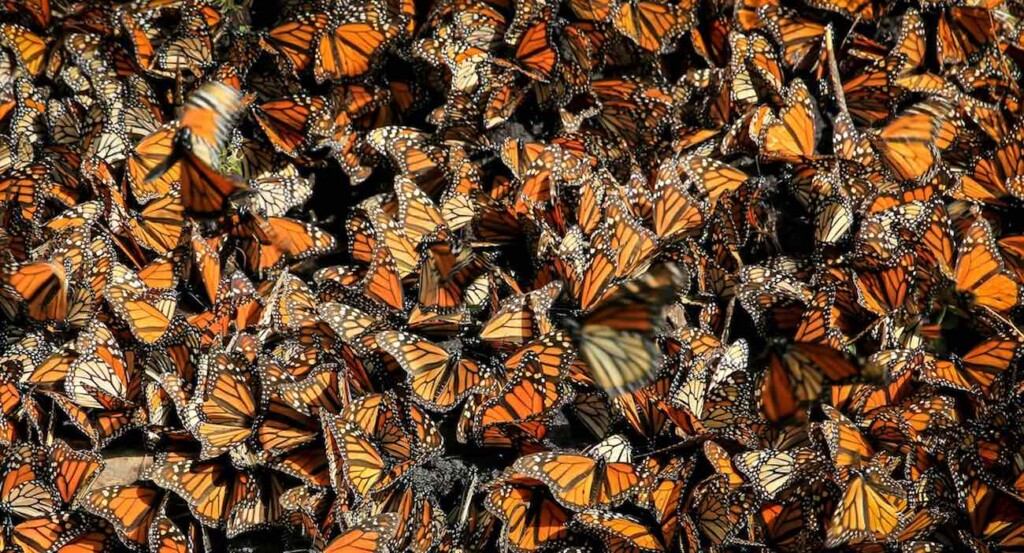
I have been fortunate to meet and speak with many accomplished marine scientists and researchers. One who is definitely on my Top 10 list is Dr. Barbara Block. Based at Stanford University, California, she oversees TOPP (Tagging of Pacific Predators), a program started in 2000 that tracks pelagic animals from tuna to swordfish to turtles to great white sharks, and more. (Couple of previous posts on the subject here & here.) Barbara is a spunky taskmaster but, working with her staff, it is that very drive that has enabled
TOPP to discover many of the secrets involving the migration patterns of these large and critically important animals. It was TOPP that coined the phrase "White Shark Cafe" to describe where great white sharks from California and Mexico migrate to in the Pacific Ocean. One particularly important finding regarding these migration patterns was the possible explanation for the seasonal nature of the sharks' sojourns: Mid-Pacific upwellings which bring nutrients that feed the food chain and ultimately replenish the larger fish that the sharks feed on. Cyclical weather and ocean movement patterns produce these upwellings - and as climate change continues to present itself, there is always the possibility of shifts in the upwelling cycle that could have unknown consequences...

